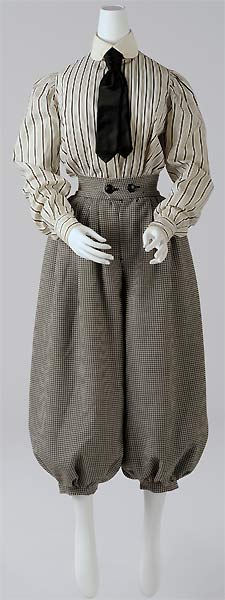
beautyme collections culture cuisine motor music search
Grand entrance - Fashion in the Ringstrassen era
Grosser Auftritt - Mode der Ringstrassenzeit
10 June - 1 November 2009
Wien Museum Karlsplatz www.wienmuseum.at
Why fashion shopping has pushed the freedom of women
The Vienna Museum Karlsplatz exhibits the city’s fashion at the end of the 19th century. This fashion was named after an avenue which runs in a circle around the 'Inner City': the Ringstrasse. On this street nobles and industrialists resided in luxurious houses fronted by a promenade; this was the public catwalk where the newest fashion was presented.
 The Vienna Museum Karlsplatz has the city's most extensive collection of historical costumes. The curators Regina Karner and Michaela Lindinger have selected around 300 pieces like dresses (ball gowns, mourning dresses), costumes, the first leisure and sports dresses such as for tennis, skiing, or riding, the first 'healthy' dresses without corset (known as Reform Dress or Rational Dress), accessories, extraordinary hats, shoes and booties. Paintings of the Viennese Belle Epoque from Hans Makart, Anton Romako and Wilhelm Gause illustrate the lifestyle of the Viennese at the end of the 19th century.
The Vienna Museum Karlsplatz has the city's most extensive collection of historical costumes. The curators Regina Karner and Michaela Lindinger have selected around 300 pieces like dresses (ball gowns, mourning dresses), costumes, the first leisure and sports dresses such as for tennis, skiing, or riding, the first 'healthy' dresses without corset (known as Reform Dress or Rational Dress), accessories, extraordinary hats, shoes and booties. Paintings of the Viennese Belle Epoque from Hans Makart, Anton Romako and Wilhelm Gause illustrate the lifestyle of the Viennese at the end of the 19th century.
Probably fashion shopping had done more for the freedom of women than we ever thought
At that time women had experienced their benefits from the disinterest of men in shoes and dresses. One part of the exhibition is about department stores. You will learn that they become beloved by women because they had been some of the rare places where women were allowed to stay without male company. Especially on the Mariahilfer Strasse, department stores had been established with affordable ready to wear pieces for the bourgeoisie. Nobles and industrial families preferred tailor made couture.
Role models
The extravagant Parisian style was inspiring for the Viennese. The role models have been Sissy alias Empress Elisabeth for her sportive outfits and the mayor of the city of Vienna, Dr. Karl Lueger, also known as 'the beautiful Karl'. The appearance - and especially the look of actresses, artists in the 'salons' of the leading families became a theme of society reporters.
Fashion and women's emancipation
Through the next stations, the development from underwear to lingerie is explained, the rise of the beauty industry for decorative cosmetics visualized, the strong-selling erotic-literature and lingerie-photography on the focus.
The women's emancipation movement started an own fashion revolution. Around 1850, the US feminist Amelie Bloomer has shown that female fashion handicaps women. Feminists 'shocked' with dresses without corsets and trousers for cycling: 'Look, women have legs!'
fig.: Female costume for cycling, ca. 1900. Photo: Christin Losta. Copyright: Wien Museum.
more culture>>>